
OR
Newly-reconstructed secondary school handed over in Ramechhap District
Published On: December 4, 2018 03:32 PM NPT
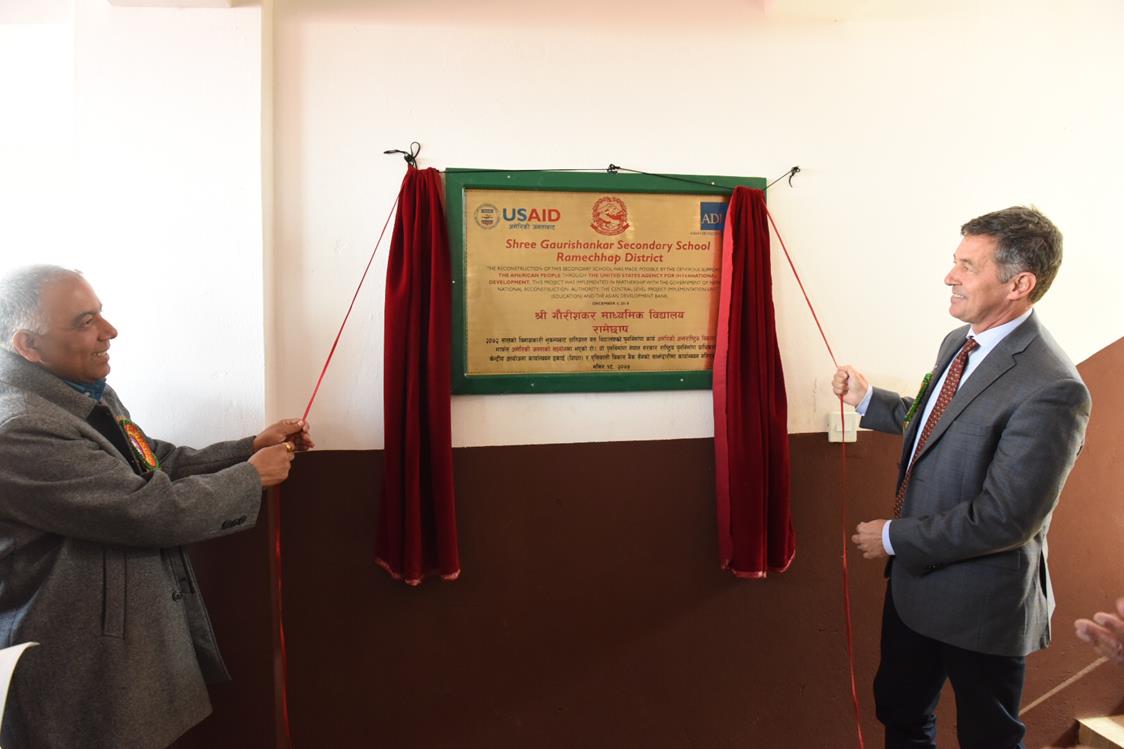
KATHMANDU, Dec 4: U.S. Ambassador to Nepal, Randy W. Berry—in partnership with the National Reconstruction Authority, the Ministry of Education, and the Asian Development Bank—handed over Gaurishankar Secondary School in Ramechhap. The school was severely damaged during the 2015 earthquake and is the first of 29 new, permanent schools that are being reconstructed with the support of the American people through the United States Agency for International Development (USAID).
At the event, Ambassador Berry said, “The United States is proud to partner with the government and people of Nepal to build back safer and stronger. A healthy and educated country can overcome the hardships faced following the 2015 earthquake and enable Nepal to progress further along its path to self-reliance.”
In consultation with the Government of Nepal and other development partners, the United States prioritized rebuilding public facilities--especially schools and health facilities--because education and health are critical to a resilient society and necessary to avoid development backsliding following the 2015 earthquakes. Research shows that girls in developing countries may increase their wages later in life by up to 25 percent with each additional year of secondary schooling.
In addition, education has a ripple effect that positively influences health outcomes for women and their families. Likewise, access to quality health services is essential to ensure a healthy population that can contribute to the economic prosperity of Nepal. To support Nepal’s health and education, USAID is currently working to reconstruct 36 schools and health facilities in earthquake-affected regions.
Since the 2015 earthquakes, USAID has invested more than $190 million in earthquake response and recovery. These funds helped homeowners to rebuild over 43,000 homes to modern safety standards; train more than 15,000 engineers, contractors, architects, masons, and carpenters on earthquake-resistant construction techniques; build over 1,000 temporary learning centers and 250 transitional learning structures; and provide critical school materials to allow over 97,000 vulnerable students to resume their education with minimal disruption.
You May Like This
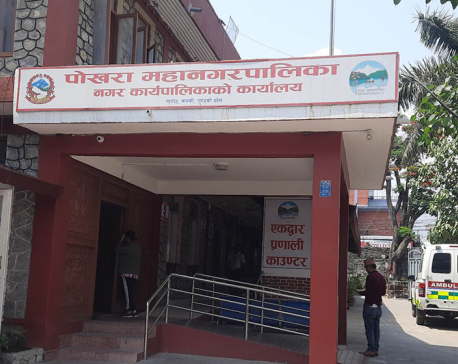
Pokhara Metropolis and USAID sign agreement for tourism development
KASKI, Nov 10: An agreement has been made between Pokhara Metropolitan City (PMC) and USAID for the development of tourism... Read More...

USAID sends urgent health supplies
KATHMANDU, May 21: The U.S. Agency for International Development (USAID) has sent emergency assistance to help Nepal battle COVID-19 surge. Read More...
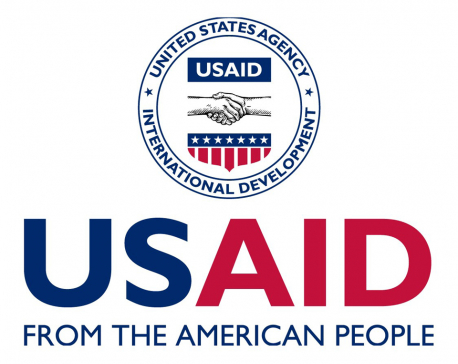
United States announces $37 million in aid for countries affected by COVID-19
KATHMANDU, March 3: The United States on Tuesday announced a commitment of $37 million in financing from the Emergency Reserve... Read More...

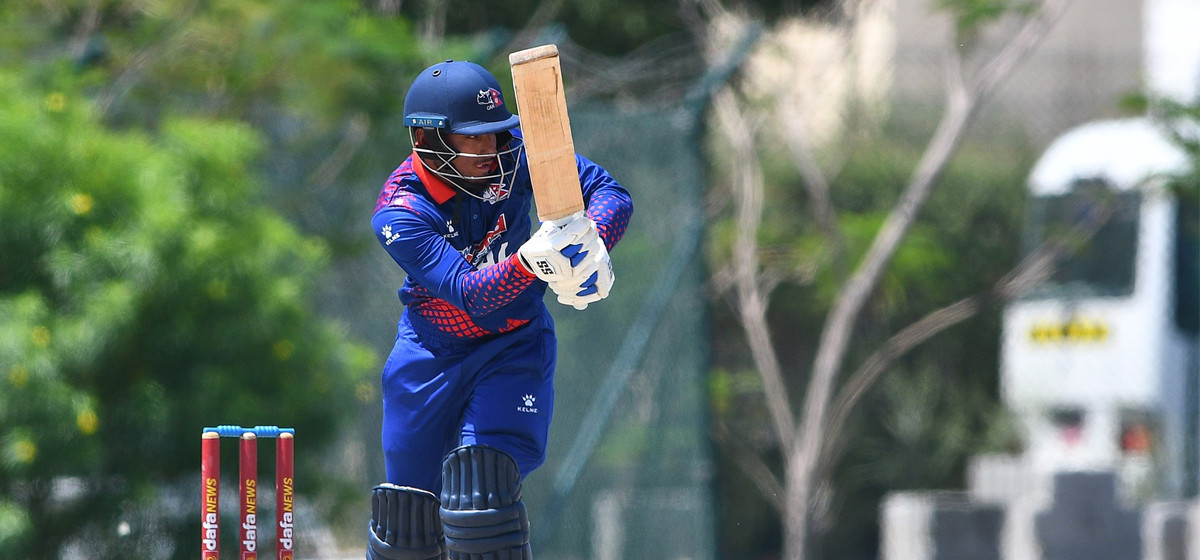


Just In
- Rupandehi District Court orders to release Dipesh Pun on a bail of Rs 400,000
- Teachers’ union challenges Education Minister Shrestha's policy on political affiliation
- Nepal sets target of 120 runs for UAE in ACC Premier Cup
- Discussion on resolution proposed by CPN-UML and Maoist Center begins in Koshi Provincial Assembly
- RBB invites applications for CEO, applications to be submitted within 21 days
- Telephone service restored in Bhotkhola after a week
- Chemical fertilizers imported from China being transported to Kathmandu
- Man dies in motorcycle accident in Dhanusha









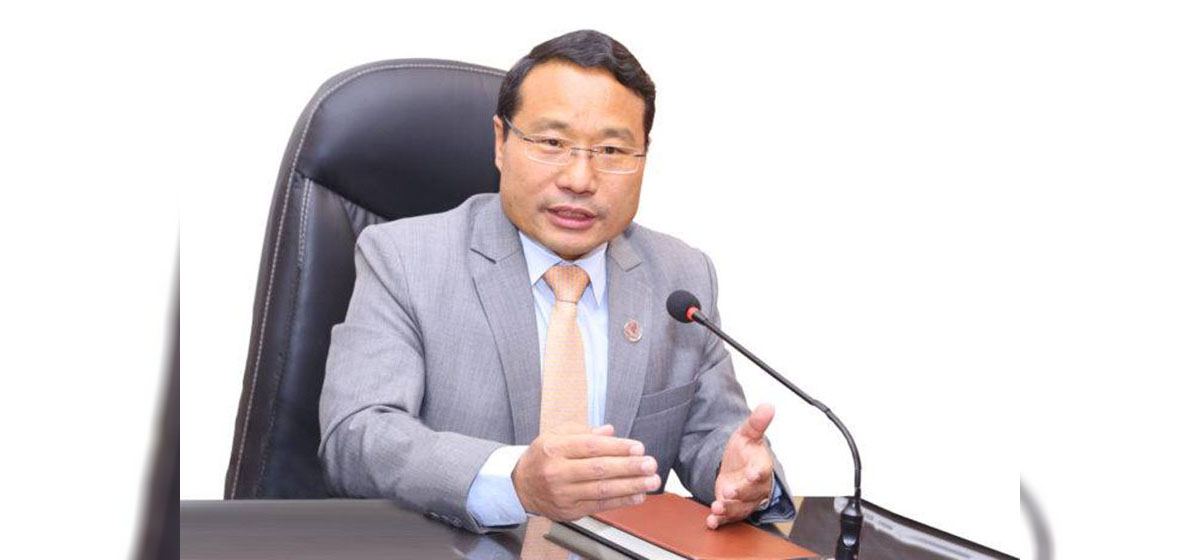

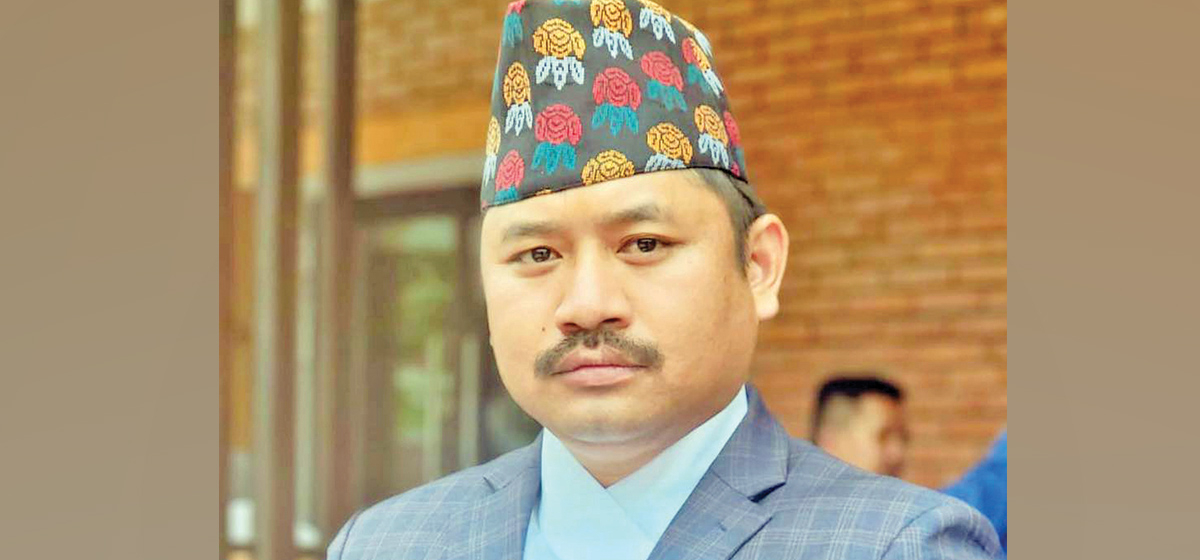
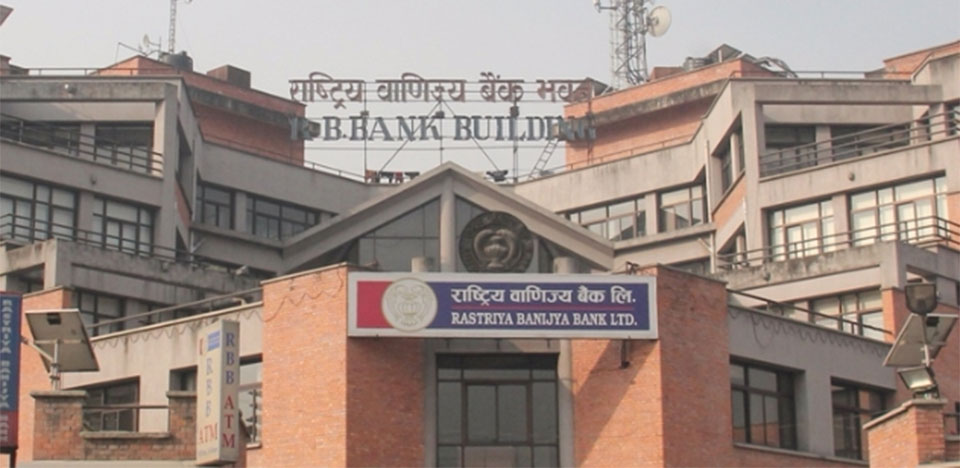


Leave A Comment